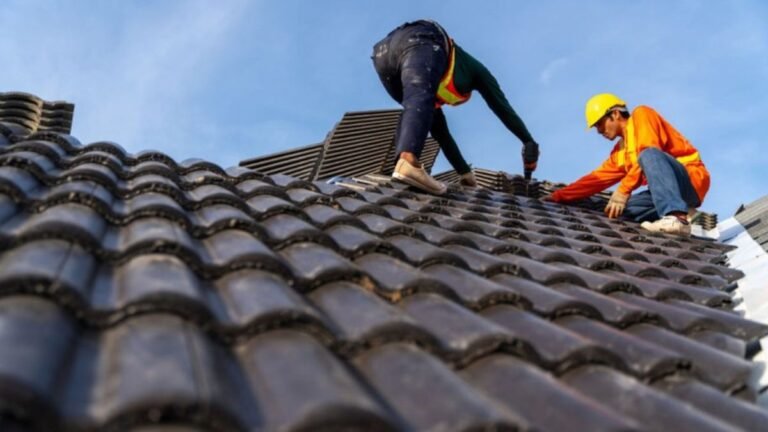Key Takeaways:
- Understanding the signs of common roofing problems can save homeowners from expensive repairs.
- Regular maintenance is essential for extending the lifespan of a roof.
- Professional inspections can offer expertise and peace of mind.
Table of Contents
Recognizing the Signs of Roof Trouble
A roof is one of the most critical components of a home’s structure, yet it’s often overlooked. Many homeowners aren’t aware of the early warning signs that suggest common roofing issues. Spotting cracks in shingles, unanticipated discoloration, or moss growth could indicate that your roof needs attention. Ignoring these symptoms may result in more significant problems and costly repairs. Therefore, it is essential to incorporate regular inspections into your home maintenance routine, which will ultimately save time and money.
Common Roofing Issues Explained
Leaks and Water Damage
Leaks are a common enemy that can derail the integrity of a roof. They typically occur due to compromised shingles or poor flashing around chimneys and vents. Water has a unique way of finding and exploiting vulnerabilities, causing severe damage that may not be visible immediately. Regular attic inspections can serve as a frontline defense, allowing you to detect unusual moisture changes or mold growth before they escalate.
Shingles and Granules
Time and weather elements can wear down roof shingles, leading them to lose granules. This granule loss is a strong indicator of roof aging and can be observed within your gutters, looking like a sand drainage. While a few granules might not be alarming, continuous loss signals the need for repair or replacement, as it can lead to leaks and further structural weakness.
Flashing Problems
Flashing serves as a protective seal around specific structures on rooftops like chimneys and vents. Over time, these seals can break or wear down, creating sneaky entry points for water. Even a small gap can cause significant water damage. Ensuring the integrity of flashing should be a staple of your inspection routine, helping to maintain a watertight environment and protect the underlying structure.
DIY Inspection Tips for Homeowners
Regular roof checks from the ground may provide valuable insights without needing a ladder. With binoculars, you can easily scan your roof for atypical patterns, debris, or visible damage. It’s also wise to clear off any overhanging branches, which can scrape against a roof during windy conditions or provide pathways for pests. By integrating these simple DIY practices into your home maintenance agenda, potential issues can be caught before they develop into colossal repairs.
When to Call a Professional
While DIY inspections are useful, some situations require professional attention. If you notice extensive, complex damage, or feel apprehensive about traversing your roof, it’s time to call in experts. A professional inspection doesn’t just focus on apparent damage but also assesses underlying problems and ensures safety. Relying on their expertise can provide peace of mind, knowing that you’re making informed decisions about your home’s health.
Essential Maintenance Practices
Ongoing roof maintenance is as vital as its construction. Proactive measures can make all the difference in prolonging your roof’s life. Regularly cleaning gutters helps prevent water backup, trimming overhanging branches can stop physical damage, and monitoring for pest invasions can keep your roof secure. Embracing these care tactics can thwart potential threats and ensure longevity.
Understanding Roof Lifespans
The durability of your roofing depends largely on the material used. Asphalt shingles, for instance, generally last 20-25 years. Meanwhile, more durable materials like metal or tile roofs can surpass 50 years with minimal issues. Proactive care through scheduled inspections and maintenance can maximize any roof’s lifespan, securing your home’s protection for years.
Energy Efficiency and Roof Health
Your roof doesn’t just protect against nature’s elements; it plays a pivotal role in energy efficiency. Energy-efficient roofing materials can dramatically reduce energy bills while promoting environmental benefits. Consider adopting energy-efficient roofing to optimize your home’s thermal regulation. Such upgrades could involve using materials with reflective surfaces or adding proper insulation.
Preparing Your Roof for Seasonal Changes
Each season presents unique challenges for rooftops. Whether it’s ensuring readiness for summer’s scorching heat or bracing for winter’s assault of snow and ice, a proactive approach is essential. Preparing your roof for seasonal changes can fortify its strengths and address its weaknesses.

